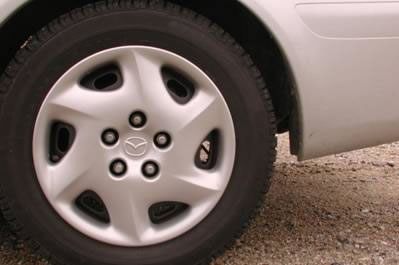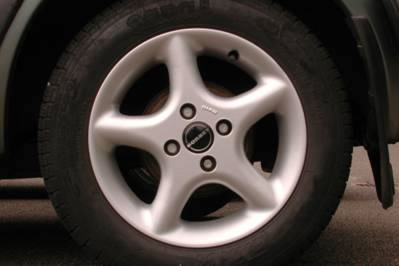Skip over navigation
Cars are all around us, on the roads, in the streets, at the shops and of course in the staff car park.
But look carefully at these two photographs of wheel trims:


What is similar about the images? What is different?
Now, with your teacher, go out and about in the staff car park.
Sketch or photograph wheel trims. See how many different patterns you can find.
How do the wheel trims differ?
How many are the same?
How many are similar?
How many are different?
What is the most complicated arrangement?
Which is the simplest?
You could also explore:



Or search by topic
Number and algebra
Geometry and measure
Probability and statistics
Working mathematically
Advanced mathematics
For younger learners
Watch Those Wheels
Age 5 to 7
Challenge Level 





Cars are all around us, on the roads, in the streets, at the shops and of course in the staff car park.
But look carefully at these two photographs of wheel trims:


What is similar about the images? What is different?
Now, with your teacher, go out and about in the staff car park.
Sketch or photograph wheel trims. See how many different patterns you can find.
How do the wheel trims differ?
How many are the same?
How many are similar?
How many are different?
What is the most complicated arrangement?
Which is the simplest?
You could also explore:
Symmetry patterns
Frieze patterns (when looking at tyre treads)
Most frequently occurring patterns
You may also like
Four Triangles Puzzle
Cut four triangles from a square as shown in the picture. How many different shapes can you make by fitting the four triangles back together?
Rectangles with Dominoes
Can you make a rectangle with just 2 dominoes? What about 3, 4, 5, 6, 7...?
Chain of Changes
Arrange the shapes in a line so that you change either colour or shape in the next piece along. Can you find several ways to start with a blue triangle and end with a red circle?

